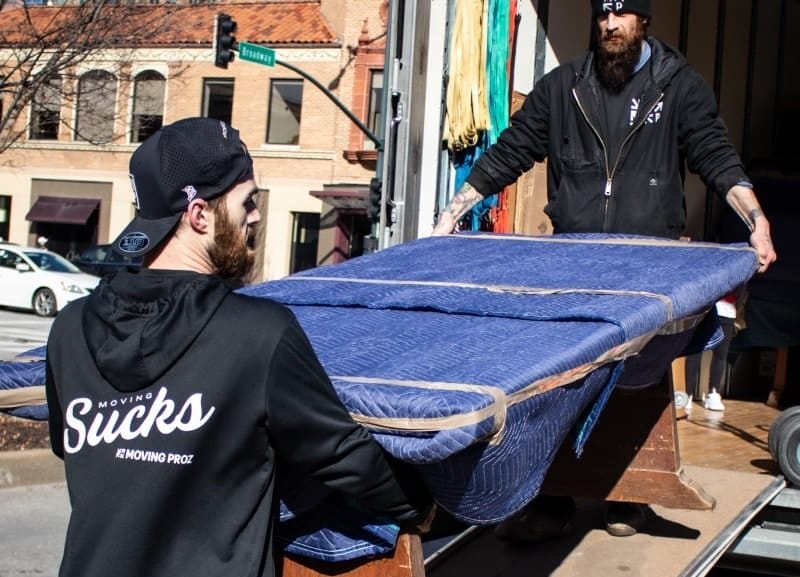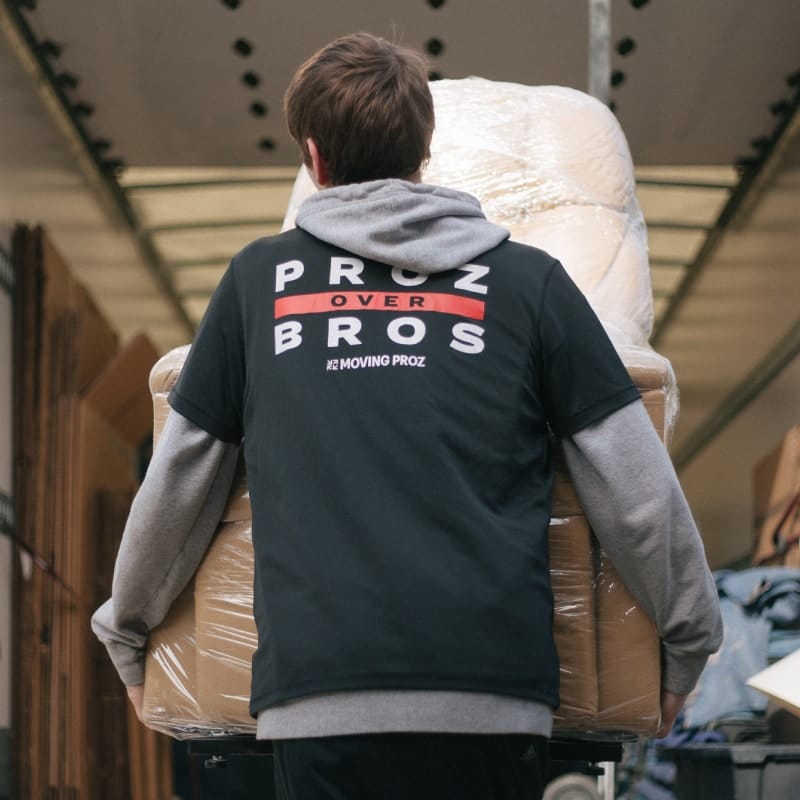Moving can be stressful, but with the right approach, you can safely transport your belongings without damage. A smooth move starts with proper planning, thoughtful packing, and careful execution. By following these practical tips, you can protect your valuables and make your move less overwhelming.
Choose the Right Vehicle
The vehicle you use can significantly impact the success of your move. For small moves, your car may be sufficient, especially if you’re only transporting a few boxes or smaller items. However, for larger items like furniture or a greater number of belongings, renting a truck or van is often a smarter choice.
When selecting a vehicle, ensure it has enough space to fit your items without cramming. Look for tie-down points, which are essential for securing your load. A well-suited vehicle prevents items from shifting or becoming damaged while in transit, giving you peace of mind during the move.
Pack Like a Pro
Packing is the foundation of a safe move. Use sturdy boxes, bubble wrap, packing paper, and strong tape. Wrap fragile items individually and fill any empty spaces in the box to prevent movement. Don’t overpack boxes, they should be easy to lift and carry without breaking.
When packing fragile items, wrap each piece individually and fill any empty spaces in the box with packing paper or bubble wrap to prevent movement. Overpacking boxes can lead to accidents, so keep boxes manageable and easy to lift. Label each box clearly, especially if it contains fragile items, to ensure careful handling.
Load the Vehicle Strategically
The way you load your vehicle plays a critical role in the safety of your belongings. Efficient loading is key to keeping your belongings intact:
- Start with heavier items: Place furniture, appliances, and other bulky items at the bottom of the vehicle. This creates a stable base and prevents heavier items from crushing lighter ones.
- Keep fragile items on top: Breakables like glassware and electronics should be placed higher up and away from heavier items to avoid accidental damage.
- Distribute weight evenly: Ensure the load is balanced across the vehicle to avoid tipping or shifting during transport. Uneven weight distribution can also make driving more difficult.

Use Protective Materials
Protecting both your belongings and your vehicle is essential. Using the right protective materials can make a difference:
- Moving blankets or pads: Wrap furniture and large items in these to prevent scratches, dents, or other damage.
- Towels or cardboard: Place these between items to act as a buffer and avoid direct contact that could lead to scratches.
- Stretch wrap: Secure drawers, cabinet doors, or loose components to keep them closed and prevent them from moving during the drive.
Drive With Care
Transporting your belongings requires you to be extra cautious while driving. The way you handle your vehicle can directly impact the safety of your items:
- Drive slower than usual, especially on uneven roads, bumps, or when making turns.
- Avoid sudden stops or accelerations, as these can cause items to shift or fall.
- Have a friend or family member assist you by acting as a spotter when reversing or parking, especially if you’re driving a large rental truck.
By driving carefully, you can reduce the chances of damage to your belongings and keep yourself and others on the road safe.
Keep Essentials Handy
During the chaos of moving, you’ll want easy access to certain items. Pack a separate “essentials” box or bag with items you’ll need immediately upon arrival at your new home. This could include:
- Toiletries (toothbrush, toothpaste, soap).
- Chargers for your phone and other devices.
- Snacks and water for energy.
- Important documents like IDs, leases, or moving contracts.
Keep this essentials kit in the front seat or somewhere easily accessible so you don’t have to rummage through boxes when you arrive.
Consider Hiring Professionals
For large moves or when dealing with valuable items, hiring professional movers can be a game-changer. They have the experience, tools, and equipment to safely pack, transport, and unload your belongings. Many companies also offer insurance for added peace of mind.
Additionally, most professional moving companies offer insurance options, which protect you financially in case of any mishaps. While hiring movers may seem like an added expense, the convenience and security they provide often outweigh the cost.
Unpack Carefully
When you finally reach your destination, the process isn’t over yet. Take your time unloading to prevent unnecessary damage:
- Start with the heaviest items and position them in their designated rooms. This reduces the risk of accidents caused by improperly placed bulky items.
- Unpack fragile items and handle them with care. Set them aside in safe spots while you organize other belongings.
Avoid rushing through the unpacking process, as this is when items are most vulnerable to damage. A methodical approach ensures your belongings stay safe even as you settle in.
Final Thoughts
Moving doesn’t have to be stressful if you take the right steps to prepare. From choosing the right vehicle and packing materials to driving cautiously and unpacking with care, a little extra effort can go a long way.
With these steps, you can feel confident that your belongings will make it safely to your new home. Remember, a little extra planning and care go a long way toward making your move smooth and stress-free!
